|
This article comes at the request of Ramona, who wanted to know more specifically about how to construct a cheese or charcuterie board, I think, but being a food historian, I had to delve into the history first. She also asked about this several months ago, but it took me a while to finish the research. So Ramona, I hope this arrives in time for your holiday party planning! Of course, anyone who has been paying attention to social media and/or entertaining in the last few years has probably run across a "charcuterie board" or two. Or perhaps even the "shark coochie" and related spelling mishaps. Business Insider has cataloged the modern phenomenon, with some speculation about its popularity, should you care to read it. But as any good host knows, when you're having a big party of a mixed group, nothing goes over better than beautifully plated, delicious food that people can graze on all evening. But its modern popularity is really rooted in several different historical influences. First, let's talk ingredients. Charcuterie - from the French chair, meaning "meat" (or really, "flesh") and cuit, meaning "cooked," really defines a whole range of processed and cured meat products. Serious Eats has a great introduction to all the French meats included in the term "charcuterie." Most European nations have their own variations - Germans like all sorts of sausages and soft meat spreads. Italians love their cured pork and sausages. The Spanish and Portuguese add smoked fish and seafood to their sausages. Even the British have their own versions. Americans also have their own cured meats, including hams, summer sausage, beef jerky, and liverwurst. But these are generally seen as less "fancy," and therefore less likely to have a place of prominence on the vaunted board. Cheese is also crucial. In fact, the charcuterie board trend likely started as the cheese plate trend. Cheese, of course, is highly dependent on the country of origin, and when you serve it, or if you serve it at all, also varies. Again, traditional American cheeses like Colby, Monterey jack, brick cheese, and various cheddars are not considered as "fancy" as European cheeses, which often take precedence on the plate. Modern charcuterie boards also tend to have assorted nuts, dried fruits, crackers, and breads alongside the cured meats and cheeses and are generally accompanied by wine. So let's look at some of the history behind the evolution of the modern charcuterie board. A History of the Cheese CourseIn the United States we are highly influenced by both British and French traditions when it comes to meals. In late 18th century America, dinner in wealthy households was often served in multiple courses with removes in between, but unlike what we maybe think of today, where dishes are served one at a time, "French" style service, put all the food for each remove on the table at the same time. The term "remove" comes from the practice of removing all the dishes between courses. Today Americans often start a meal with a salad, but in the French tradition, the salad comes at the end of the meal, with the cheese course. In British traditions, a multi-course meal also ends with a cheese course, but there's dessert first. The French either end with the cheese course and no dessert, or have dessert after cheese. The Brits end with cheese because it was almost always accompanied by fortified wines like Port or Madeira and encouraged less formality at the end of the meal and allowed guests to linger. (To recap: British = dessert, then cheese; French = cheese, then dessert.) In Colonial America, an upper-class dinner was likely followed by a cheese course with port or Maderia, nuts, and fruit. George Washington in particular was fond of both Madiera and walnuts, and enjoyed them by the bowlful after dinner, sometimes even eating pickled black walnuts, which were pickled green as an accompaniment to cheese. Cheese courses continued to be popular for formal dinners throughout the 19th century in British and American households. In French households, the cheese course is much more universal, across classes, but cheese is something of a religion in France, so that's not surprising. The Practical Cook, English and Foreign: Containing a Great Variety of Old Receipts, Improved and Remodelled; and Many Original Receipts in English, French, German and Indian Cookery. With Copious Directions for the Choice of All Provisions, the Laying Out a Table, Giving Small and Large Dinners, and the Management of a Cellar by Joseph Bregion and Anne Miller was published in 1845. It offers several options for a cheese course, including the table layout, as pictured below. The course outlined above calls for Stilton, generally a blue cheese, bread and butter, "small cheese biscuits," which was likely similar to cheese pennies (a cheddar-based part-cracker, part-shortbread), "or sliced roll," and "a cream cheese, or grated Parmesan, in a covered cut Glass." This other menu, which also includes the layout of the table, includes French Gruyere or Roquefort (another blue) in lieu of Stilton, specifies Neufchatel cream cheese, not to be confused with American neufchatel, which is a type of cream cheese we know as an ingredient in dips or cheesecake. The Neufchatel listed here is an mold-ripened, somewhat grainy, soft cheese from France. Once again the Parmesan is listed as grated, which I find interesting. Is it sprinkled on buttered bread? Eaten with a spoon? It's not perfectly clear. This menu also calls for either "shred cucumber" and/or salad to accompany the course. By 1865, cookbook authors like Mrs. Beeton were offering up serving advice. In her Mrs. Beeton's Dictionary of Every-day Cookery Isabella recommends cutting the cheese "into neat square pieces, and to put them into a glass cheese-dish, this dish being handled and round." Of course this works well for medium-aged cheeses, but "Should the cheese crumble much, of course this method is rather wasteful, and it may then be put on the table in the piece, and the host may cut from it." She closes by noting that "Rusks, cheese-biscuits, pats or slices of butter, and a salad, cucumber, or water-cresses, should always form part of a cheese-course." Rusks are similar to biscotti in that they are twice-baked and hard, but could be in nearly any shape and may not be sweetened. The salad, cucumber, and watercress were clearly present to cut the richness of the cheeses. By the end of the 19th century, cheese courses were quickly being replaced by dessert courses. Although formal menus continued to list cheese, nuts, and fruit as the final course, the emphasis was placed on increasingly fancy desserts, including cakes, molded ices, and ice creams. For ordinary Americans, particularly those not producing their own cheeses, dinner was followed by dessert and nothing else, except, perhaps, a bowl of popcorn by the fireside. Ploughman's LunchCharcuterie boards have antecedents from the working class side of life as well. Throughout Europe, cheeses, bread, and either wine or beer, often accompanied by cured meats, fruits, and/or pickled vegetables were standard peasant laborer fare. These were all portable, did not have to be kept cool, and required few utensils and no plates to eat. In France, country pate or rillettes with mustard, butter, cheese, and baguette went with wine. In Italy, it was salami, an aged cheese like Parmesan or Pecorino, bread, and olive oil with wine. In Germany, smoked meats with pickles or sauerkraut, dark bread, and butter and/or cheese went well with beer of all kinds. But perhaps the most famous iteration of these is the English "ploughman's lunch." Although the term was not part of the broader cultural lexicon until the 1950s, the idea of a "ploughman's lunch" dates back to the Medieval period, when agricultural laborers subsisted largely on cheese, bread, and beer, often accompanied by raw or pickled onion, especially when eating out in the fields. In the 18th and/or 19th century, mustard and sometimes fruit such as apples or pears were added to the list. By the 20th century, a "ploughman's lunch" could include all of the above plus hard boiled eggs, lettuce, and sausage or pork pies. The ease of preparation made it very popular fare in local pubs, where it continues to be a popular lunch today. Coming to AmericaThe cheese course persisted in wealthy households and hotels until the 20th century, but home consumption of cheese on its own was not as common, with a few exceptions. Welsh rarebit, cheese toasts, cheese canapes, and cheese crackers were all favorite snacks, but all involved toasting or melting the cheese on the crackers. Serving cold or room temperature cheese was far less common. Today, charcuterie boards are usually used for parties. In the 1910s, the burgeoning trend was the cocktail party. "Invented" in 1917 by St. Louis socialite Clara Walsh, the cocktail party allowed for large groups of people to consume lots of booze and finger foods in a socially informal setting over a relatively short period of time. The 1910s and '20s were also the time when midnight suppers - usually hosted at home after the theater or concerts - proliferated. Midnight suppers usually featured easy, informal meals like welsh rarebit or shrimp wiggle that could be made in a chafing dish, or cold meats with bread for dainty sandwiches with a cold bottle of beer from the icebox, or hot coffee with cake. Between cocktail parties and midnight suppers, more informal dining made its way into the American social lexicon. Fashionable meals continued to become increasingly informal during the 1920s, '30s, and '40s. After World War II, an interest in European cuisines proliferated with returning GIs. Americans "discovered" French cheeses and Italian cured sausages, Greek olives and German rye. But the biggest party fad of the 1940s and '50s was the smorgasbord, which bears a distinct similarity to modern charcuterie boards. A direct inspiration of Scandinavian smorgasbords, which were essentially a buffet of open-faced sandwich fixings, the American smorgasbords were adopted with almost the same alacrity as Scandinavian design, mid-century. At the same time, Americans were rediscovering raw vegetables in the 1940s (popularized in part thanks to the discovery of vitamins between 1912 and 1945), and the crudité platter came into vogue. Raw vegetables, or sometimes blanched and marinated, generally served with a creamy dip, came to deck home buffet tables and supper club dining rooms alike. The classic "relish tray," I grew up with at holidays combined crudité (usually, raw carrot and celery sticks with ranch) with green and black olives, and sweet and dill pickles. In a cut glass, compartmentalized tray, of course (there are silver versions, too). Fancy dinner parties might include carrot curls, celery fringe, and radish roses as a garnish. By the 1970s, the informal party had almost completely supplanted the formal dinner party. Fondue parties, French onion dip with potato chips, and grilling were de rigeur for home entertaining. And while crudité and relish trays never really went away, it wasn't until the 1990s that the charcuterie board began to make a resurgence as Americans rediscovered wine and peasant food. Bread with olive oil and olives with salty cheeses and rustic Tuscan reds, or fancy French cheeses with pate, crackers, and merlot, started to be consumed by ordinary Americans, as grocery stores diversified their offerings and specialty food stores could be found in more and more American cities. Charcuterie Boards TodayWhich brings us to the present. Charcuterie boards in the 2020s are things of insanity and beauty. Complicated, overflowing, and with an eye more towards Instagram than whether or not guests can actually eat the stuff (how exactly does one eat a salami rose, for instance?), I find today's charcuterie boards to be needlessly complicated and expensive. However, they're not dissimilar from what people did in the past (radish roses, bowls made of hollowed-out cabbages and pumpkins, and tinting things coordinating colors, anyone? All very early 20th century), and they can be very easy and popular. When playing host, it's so much nicer to have a whole bunch of foods that people can nibble on at will and which don't require cooking or much advanced preparation. So, as a practiced home entertainer, here are my suggestions for how to build a balanced, delicious, and beautiful charcuterie board. 1. Ditch the board. Seriously. Who wants to store (and clean!) a wooden board the size of a small table? Just use the table! Coffee table, dinner table, whatever you want. Ceramic serving dishes are easier to wash and store and are prettier anyway. Hit up a thrift store for some inexpensive platters. Pick a color (white goes with everything) and you won't have to worry about matching. Unless you're really in love with wooden cutting boards. In which case, do what you love. 2. Know your guests. You don't want to serve ham to bunch of vegetarians, Jews, and Muslims. And you don't want to serve only cheese if your friends are lactose intolerant or vegan. Know your guests and plan accordingly. 3. Bring the balance. No one wants to eat only three different kinds of cheddar, just meat and cheese and nuts is too rich, and I've even seen dessert "charcuterie" boards, which is just too much sweet. Here's my suggestion for a balanced group of foods to serve. Choose at least one from each group.
4. Looks matter. Much as I hate to admit it, part of why people love charcuterie boards so much is that they're pretty. But it's not difficult to replicate an aesthetically pleasing look. Just make sure you have a variety of colors and textures (all brown and white is something you generally want to avoid), and arrange things nicely on your board or platter. Line crackers, sliced cheeses, and sliced meats in a line or a curve. Place berries and dips in pretty bowls and arrange foods around them. Fill gaps with nuts or chocolates or olives. Keep the wet stuff contained and keep cross-contamination to a minimum, especially with foods that might cause allergies (at a party earlier this summer with a friend, she couldn't eat any of the fruit, or the dip, because there were strawberries everywhere and someone had dropped a strawberry in the ranch dip - she's deathly allergic). Since the holiday season is upon us, here's a Christmassy one to get you started: Holiday Spread Assorted cured meats Baked brie with cranberry sauce OR Cream cheese mixed with grated parmesan or pecorino, black pepper, chopped dried cranberries, sliced scallions (optional) Plus sliced pepperjack and cheddar Assorted crackers (mix of butter and water crackers) Red and green vegetables with ranch Pimento-stuffed green olives, black olives, assorted pickles Hot spinach dip with cubes of peasant bread Dried and candied fruit with chocolate Assorted Christmas cookies Why are Charcuterie Boards So Popular?I've been thinking on this a lot. What is it about charcuterie boards that has made them dominate the home entertaining airwaves (and internet waves) for the last several years? For one, it does not take a lot of cooking prowess to put together a good charcuterie board. You serve most things either in their raw form (fruits, vegetables, nuts) or purchase them already lightly processed (cheese, cured meats, crackers, dried fruits, chocolate). And while you can choose to make some dips or desserts, most people are perfectly fine with store-bought. For two, charcuterie boards are all about aesthetic. If you served everything in its original packaging (think plonking the box of crackers and the cheese in plastic right on the table), it would not have nearly the mystique of a well-organized, beautiful board. The folks so popular in Instagram right now get popular because they know what they're doing. And while arranging is an art, once you learn the basics it's not a particularly difficult art. Have some diversity of color, group, layer, or line up things nicely, and try not to worry too much if most things are in piles instead of straight lines. For me, charcuterie boards aren't just the type of food the Lunchables generation wants to eat. It's a modern twist on a very OLD way of eating and celebrating and coming together. So whether you're into the Instagram-perfect board aesthetic, or you're like me and you put together a whole table full of food on thrifted serving dishes, charcuterie has been around for a long time, and I hope it continues to be around for decades to come. Happy snacking, happy holidays. The Food Historian blog is supported by patrons on Patreon! Patrons help keep blog posts like this one free and available to the public. Join us for awesome members-only content like free digitized cookbooks from my personal collection, e-newsletter, and even snail mail from time to time! Don't like Patreon? Join with an annual membership below, or just leave a tip!
1 Comment
|
AuthorSarah Wassberg Johnson has an MA in Public History from the University at Albany and studies early 20th century food history. Archives
July 2024
Categories
All
|
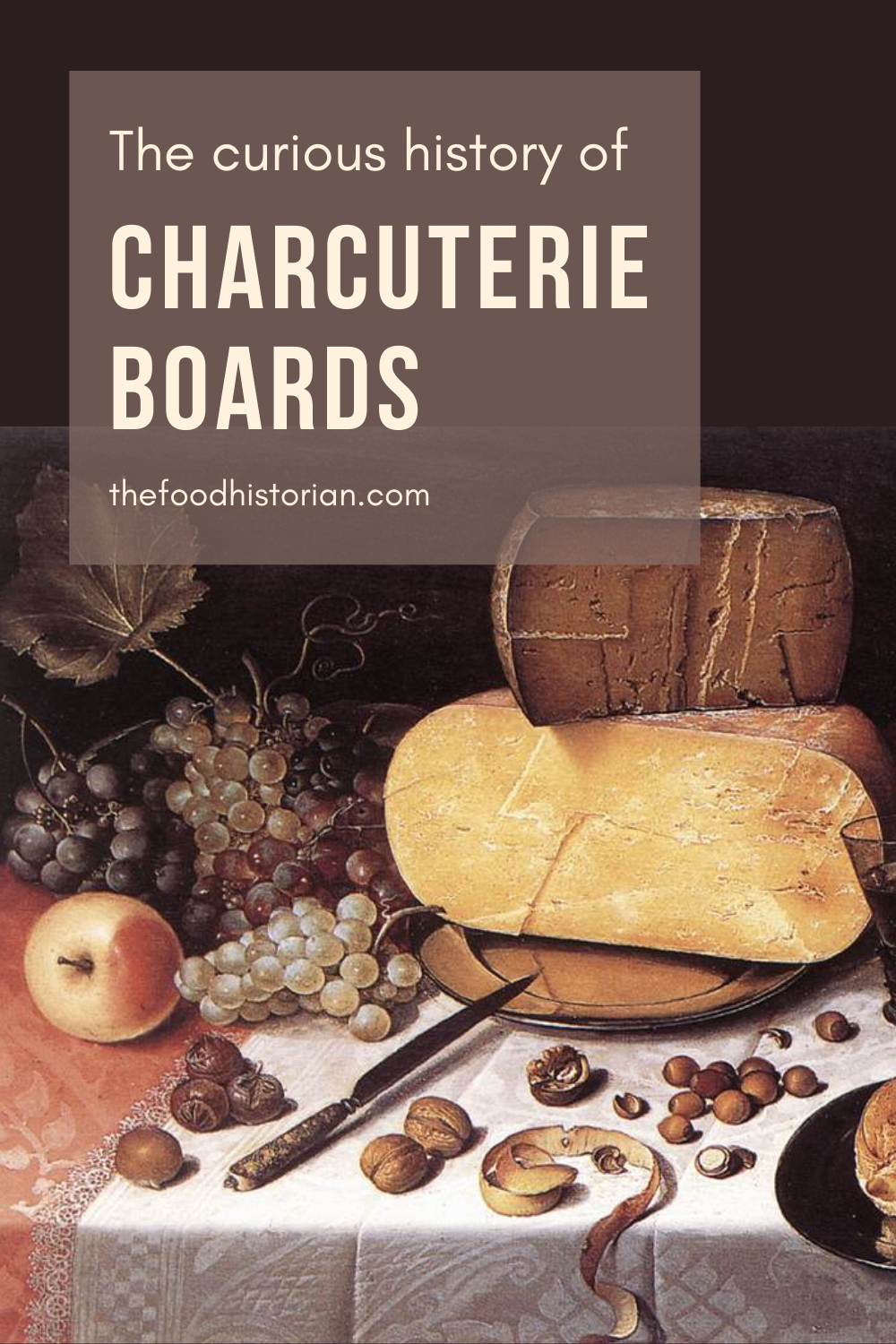
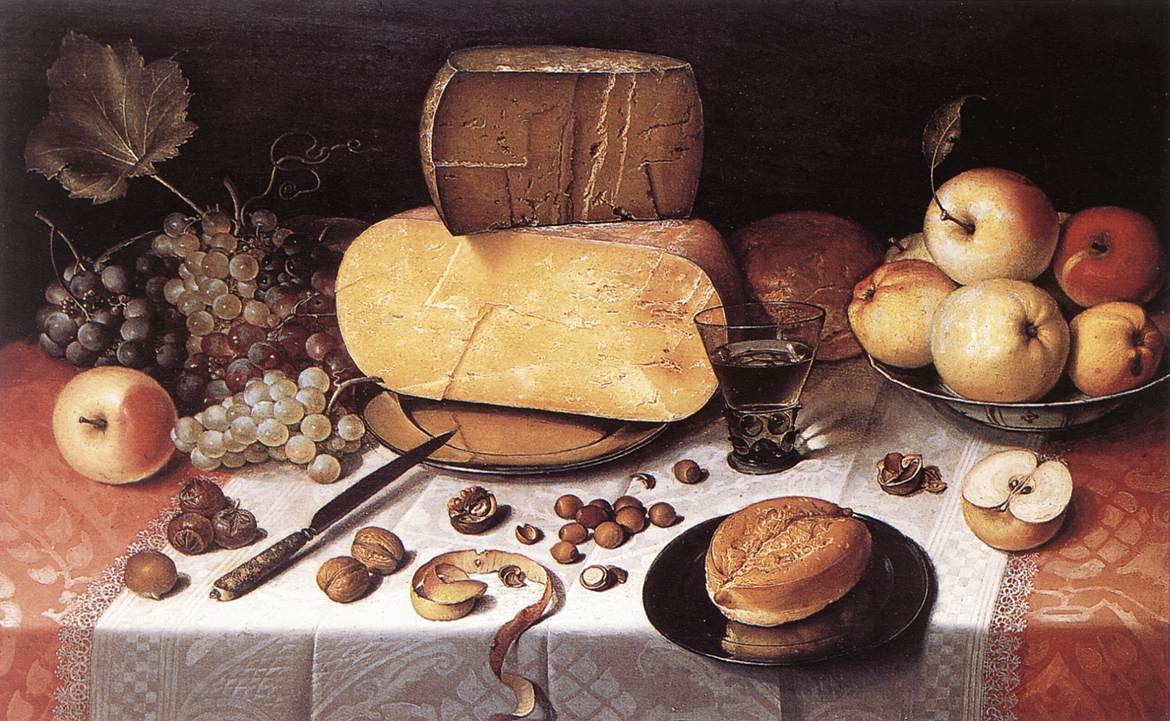
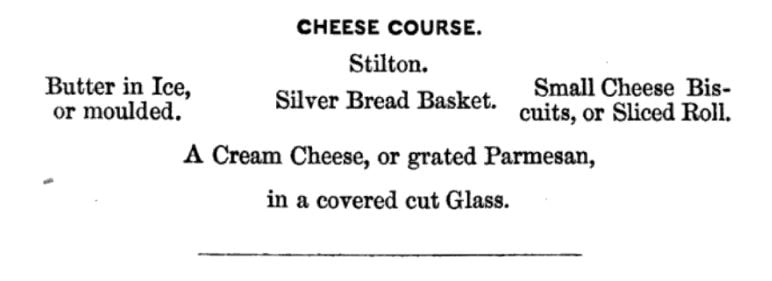

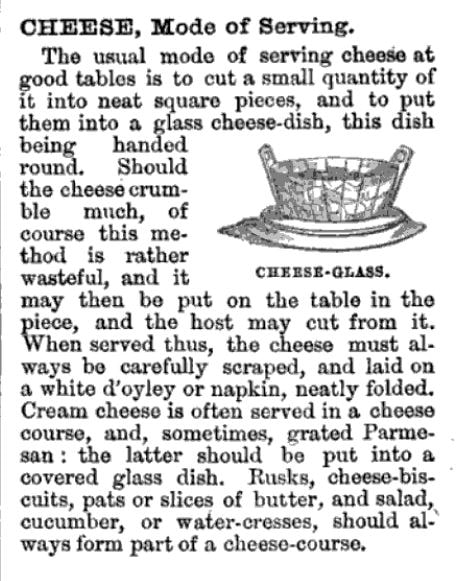
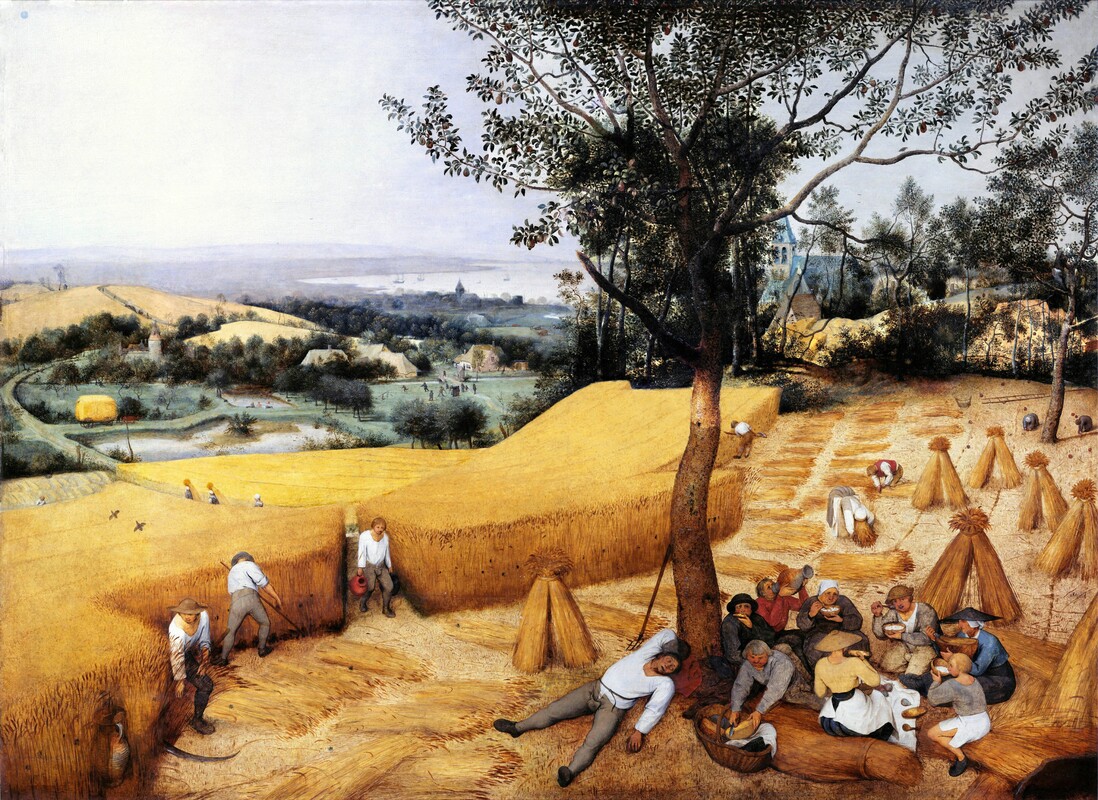

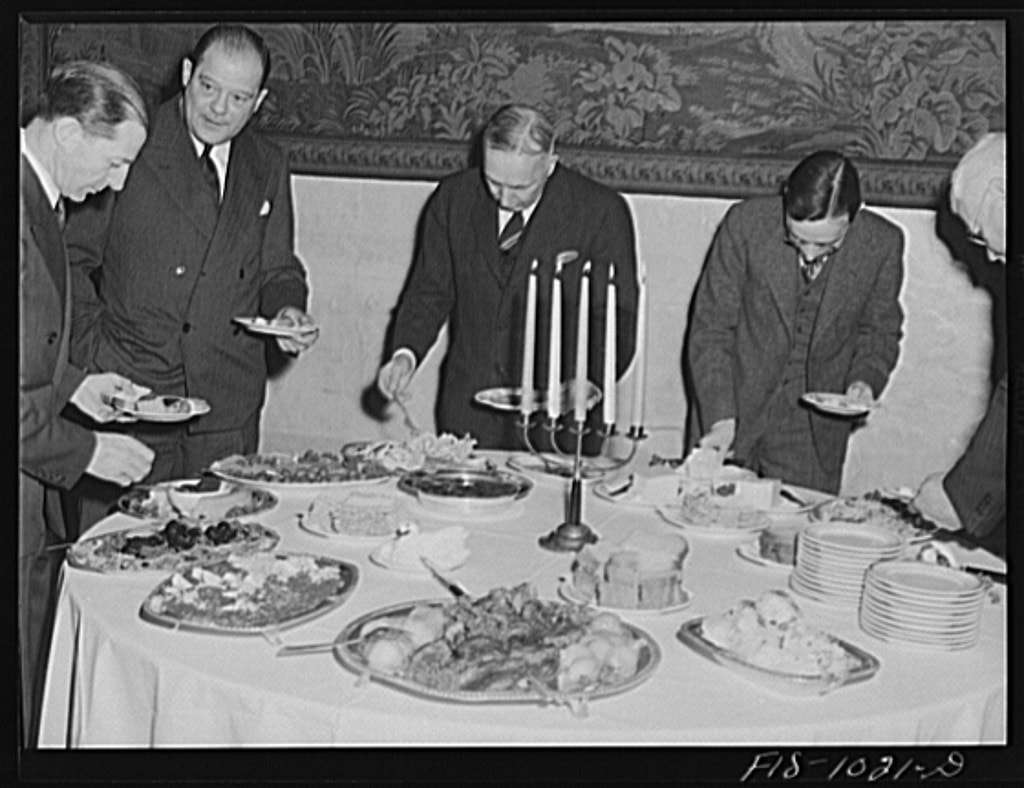



 RSS Feed
RSS Feed